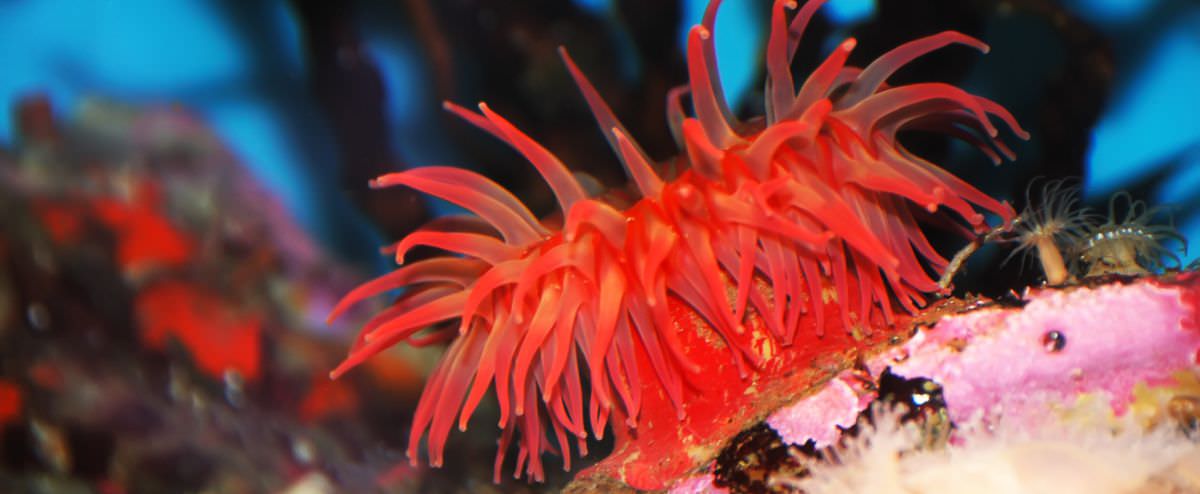New to reef keeping?
What about invertebrates? Invertebrates are actually well suited for mini or micro-reef tanks and many invertebrates will do well in non-reef tanks. For the novice saltwater or marine aquarist stick to the hardy species. These include shrimps like the cleaner shrimp, blood shrimp or peppermint shrimp and coral banded shrimp.
Anemone crabs are an option you might consider alongside saltwater aquarium fish. Sea urchins and starfish are quite well suited to beginners with a couple of months experience. They differ in size, shape and colour and take care because some are poisonous! Sea urchins and starfish aid in the maintenance of a clean tank because they eat detritus and algae and other small bits of food. This helps to keep the tank clean and your marine aquarium fish healthy.
Anemones are not really suited for beginners. They have very special lighting needs and require the very best water quality. Invertebrates you should also avoid include tridacna clams, flame scallops, Octopi, Nudibranchs, or any coral and sea squirts. Like some of the previously mentioned marine fish these invertebrates have special feeding and living requirements.
For for details of species download our aquarium brochure:
Top Inverts
Name: Toadstool
Sarcophyton spp.
Origin: Indo-Pacific
Lighting requirements:
Moderate to high
Water flow: Moderate
Comments: Toadstools are popular soft corals that are easy to care for but they can grow too large for tanks under 200l capacity. Place them low down so that when they do grow, they don’t shade other corals. They can be propagated by cuttings or by sprouting new toadstools from the base.
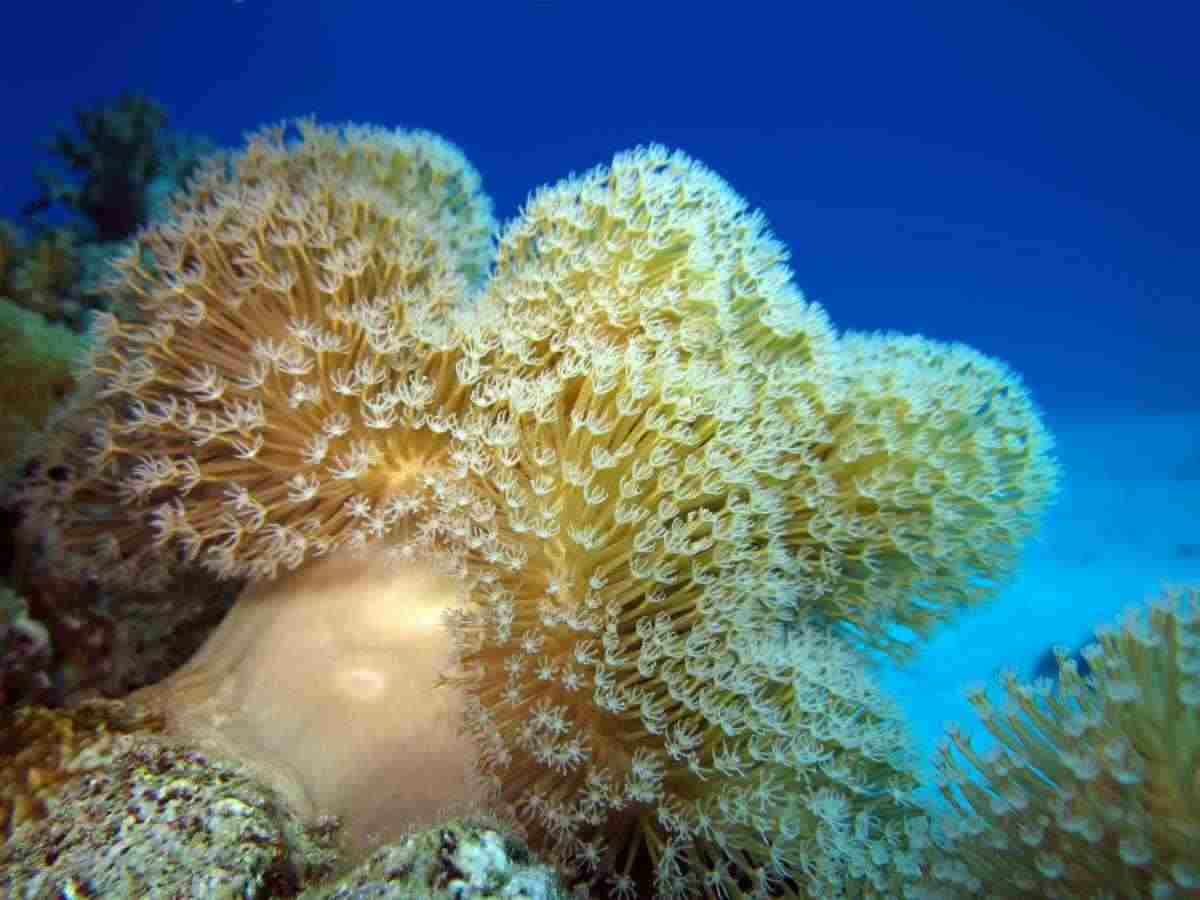
Name: Mushroom rock
Actinodiscus/Discosoma/
Ricordea spp.
Origin: Pacific
Lighting requirements:
Moderate
Water flow: Low to moderate
Comments: Mushrooms are hardy and easy to keep. Unlike most corals they don’t thrive in very strong light conditions and prefer a slower flow. So place at the bottom of the rock pile where currents and lighting penetration are less. They come in all colours and sizes.
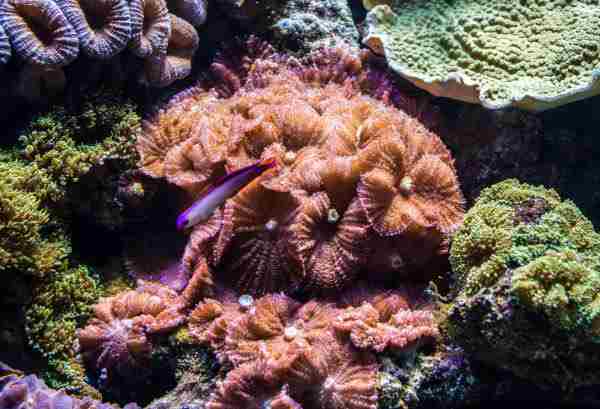
Name: Cleaner shrimp,
Lysmata amboinensis
Origin: Pacific
Size: 7.5 cm/3”
Minimum tank size: 60 l/13 gal
Comments: Cleaner shrimp are colourful and easy to care for. In the wild they clean passing fish, but in the aquarium they will accept frozen foods instead. They can be kept together and with other invertebrates.
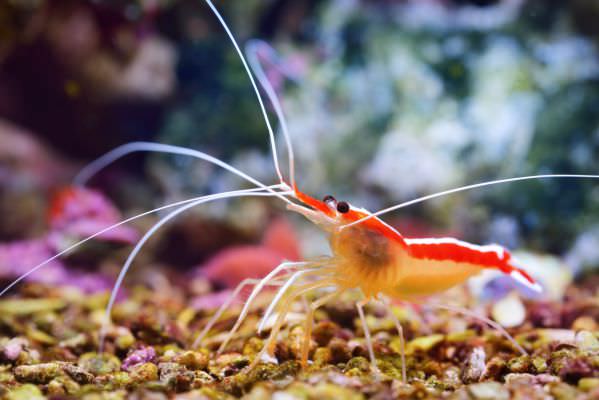
Name: Dwarf red leg hermit crab Clibanarius digueti
Origin: Mexico
Size: 2.5 cm/1”
Minimum tank size: 30 l/6.6 gal
Comments: Hermit crabs are often referred to (along with snails) as reef janitors and are added to tanks to clear up uneaten food and help control algae. Make sure they have spare shells to move into as they grow. Don’t confuse the dwarves with other hermits as large hermit crabs are not reef friendly.
Name: Polyp colony, Zoanthus spp.
Origin: Indonesia
Lighting requirements: Moderate
Water flow: Moderate
Comments: Polyp colonies come in all shapes and sizes, and are usually attached to a lump of live rock. If they spread, the effect can look spectacular with every surface of the reef living and moving. Make sure they are not covered over by other corals or growths of macroalgae.
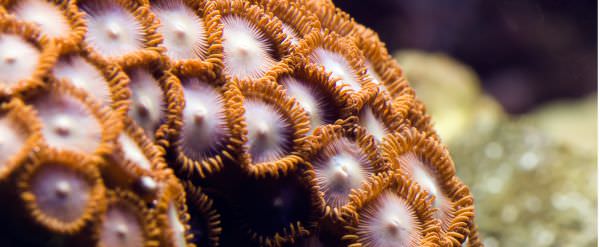
Name: Bubble coral, Plerogyra sinuosa
Origin: Indo-Pacific
Lighting requirements: Low to moderate
Water flow: Low to moderate
Comments: Bubble corals are one of the easiest ‘hard’ corals to keep and don’t need lots of light or lots of flow. They have quite powerful stinger tentacles, so don’t place them too close to other corals. They appreciate regular feeds of small frozen foods.
Name: Turbo snail, Turbo spp.
Origin: Mexico
Size: 5 cm/2”
Minimum tank size: 30 l/6.6 gal
Comments: Turbo snails are used
to control algae in reef tanks. You can add as many as one per gallon of water and they will graze on all algae surfaces including the glass. “Turbo snail” is a name given to several species of reef-safe marine snail including species from the genus Astrea.
 British Pounds
British Pounds

